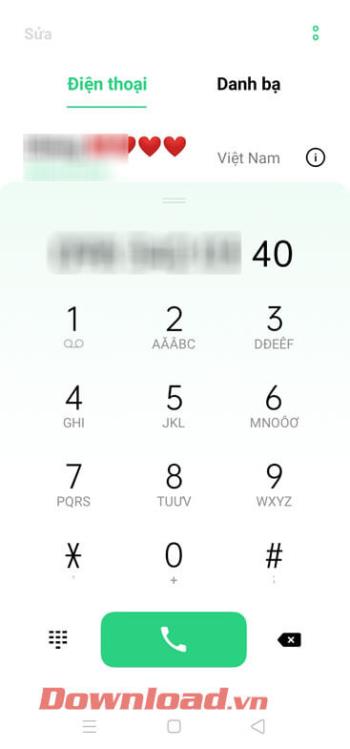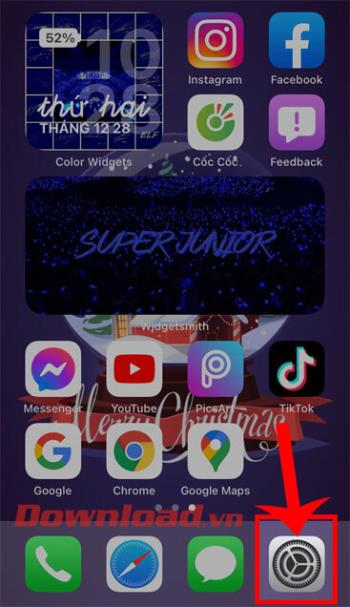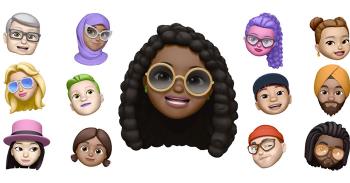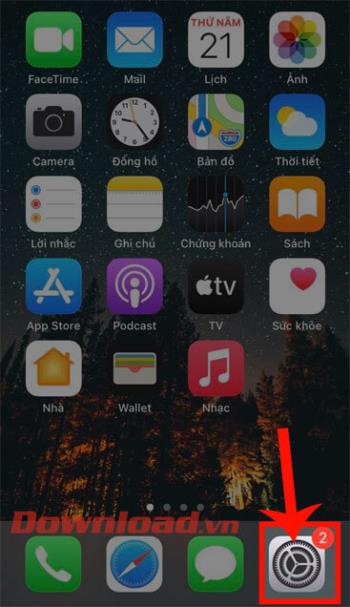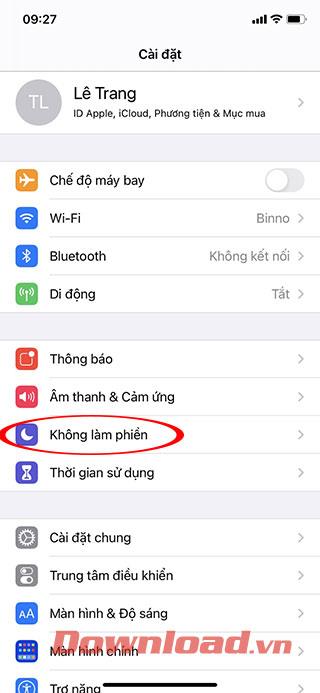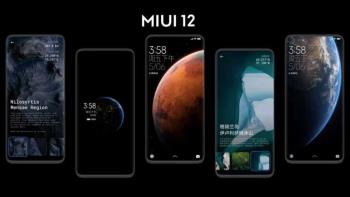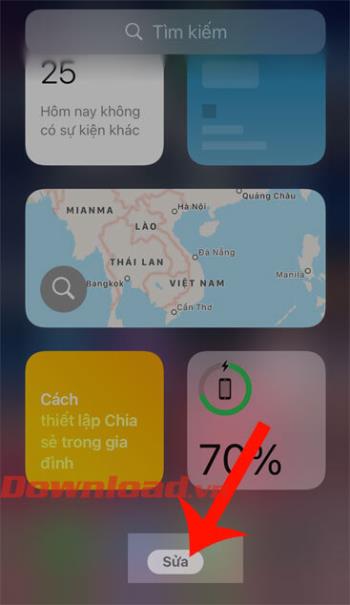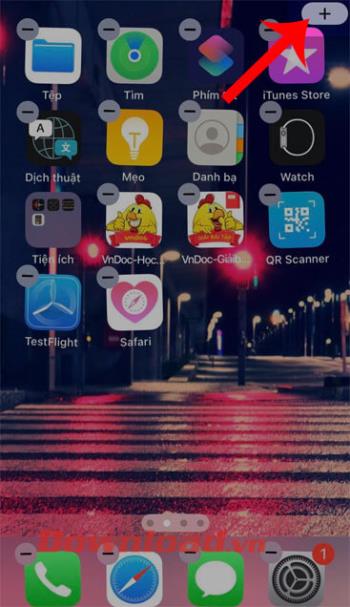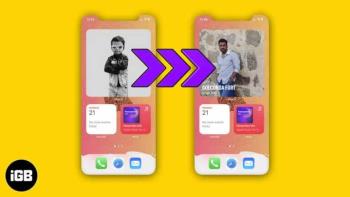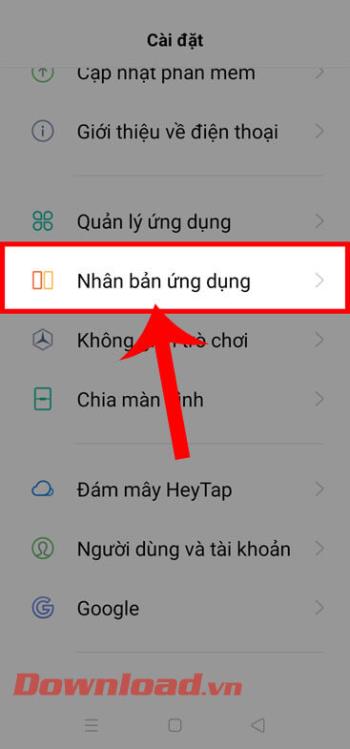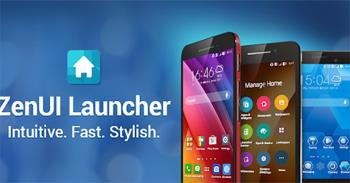Device Links
Most mobile phones rely on SIM cards, i.e., small memory cards that connect them to a specific network. Without them, many mobile phones lose some of their essential functions. Although most people have heard of SIM cards, not many know what they do exactly.
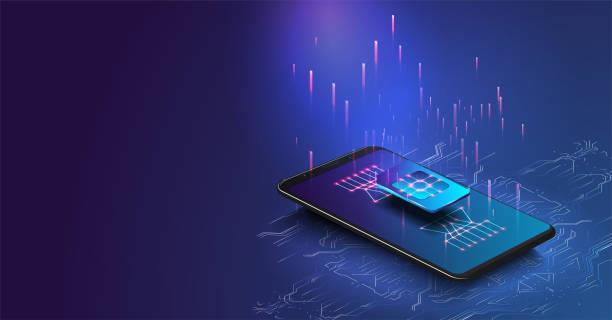
If you’re interested in learning what an Android or iPhone SIM card does, this article can help. We’ll describe a SIM card, cover its basic functions, and explain the different types.
What Is a SIM Card?
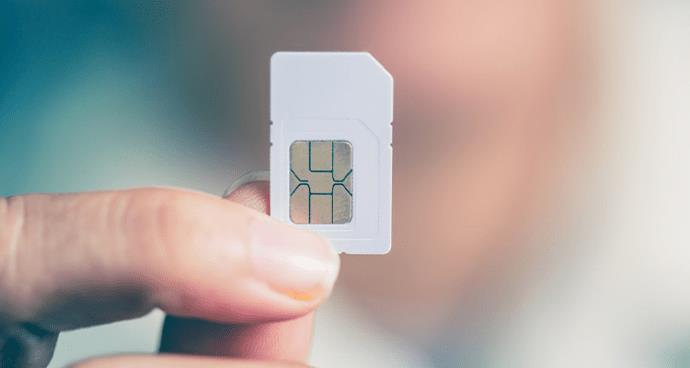
A subscriber identity module (SIM) card is a smart card with identification information that connects a user to a particular mobile network. To put it simply, a SIM card stores information like the user’s identity, phone number, location, network authorization data, contact lists, etc., and uses it for performing certain functions.
What Does an Android or iPhone SIM Card Do?
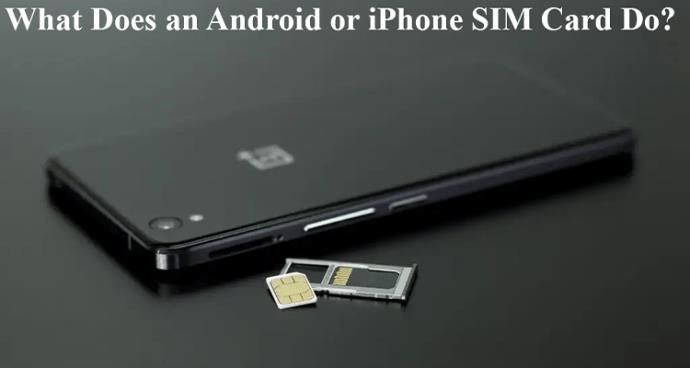
Without a SIM card, many Android phones and iPhones wouldn’t be able to perform their most basic functions. SIM cards store information necessary for making phone calls and sending text messages. In other words, your phone can’t connect to a cellular network without the SIM card.
It’s important to clarify that a mobile phone can function without a SIM card, whether an Android or an iPhone. This card isn’t essential for turning on the device, connecting to the internet, or taking photos. But, if you don’t have a SIM card in your phone, you won’t have any reception. Therefore, you won’t be able to call or text anyone using your cellular network. You’ll still be able to use different apps for communicating with others (provided you’re connected to the internet).
What’s great about SIM cards is that they are not tied to one phone. If you buy a new phone, you can simply remove the SIM card from the old phone and insert it into the new one. Keep in mind that SIM cards come in different sizes (we’ll go into detail on this a bit later). Fortunately, they can be cut down to smaller sizes, so you don’t have to purchase a new card when you switch to a different phone. Moreover, be aware that locked phones can only accept SIM cards from a specific carrier, while unlocked ones can accept any carrier’s card.
Does Every Android and iPhone Need a SIM Card?

You may be surprised to learn not all phones require a SIM card, depending on the network. To better understand this, we need to explain two terms: GSM and CDMA.
Until recently, Global System for Mobile Communication (GSM) was considered the standard, particularly in Asia and Europe. This network functions on four frequency bands: 900 MHz and 1800 MHz in Asia and Europe and 850 MHz and 1900 MHz in North and South America. Mobile phones that operate on GSM use SIM cards to connect to a specific network.
Code Division Multiple Access (CDMA) is a network primarily found in the U.S. Phones that operate on CDMA are directly linked to a specific phone number, so there’s no need for a SIM card. While this may sound practical, it makes switching between carriers much more difficult. Plus, it can become a problem if you’re traveling abroad, especially to a country that doesn’t support CDMA.
Although GSM and CDMA were big in the past, they aren’t as relevant in 2022. Namely, these two terms represent older radio systems (2G and 3G) used in mobile phones. Nowadays, 4G and 5G are quickly taking over the world, leaving GSM and CDMA behind. In fact, many big mobile carriers are shutting down their 2G and 3G networks to switch to the new ones. All carriers in the U.S. use Long Term Evolution (LTE), the globally-accepted 4G standard. If you have a 3G SIM card, you’ll be happy to know you won’t need a new one to use 4G. But, keep in mind that you can’t use 4G if you don’t have a SIM card.
What Are the Different Sizes of SIM Cards?
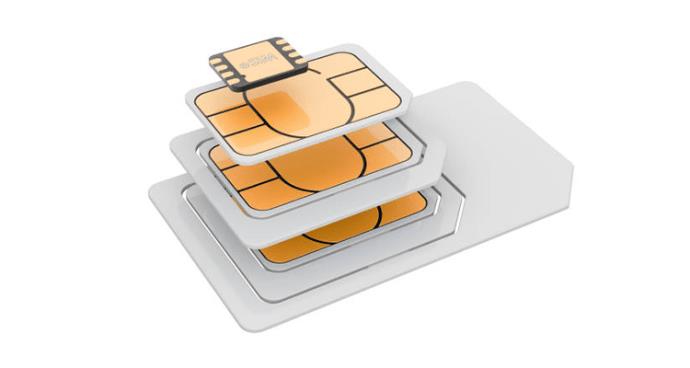
SIM cards come in three sizes: Standard, Micro, and Nano. It’s important to clarify the chip is of the same size regardless of the actual card’s size. The only difference is the amount of plastic around the chip.
Despite its name, a Standard SIM card isn’t the most widely used SIM card nowadays. But it was when it first launched, hence the name. Standard SIM cards are often referred to as full-size cards, while the other two sizes are cut down. Having been introduced in 1996, Standard SIM cards are considered outdated and are rarely featured in modern phones.
A Micro SIM card is one size down from a Standard SIM card. The first Micro SIM card was introduced in 2003. This means if you have a phone that was introduced around 2013 or earlier, it probably has a Micro SIM card. Micro SIM cards have since been replaced by Nano SIM cards that were introduced in 2012. Today, Nano SIM cards are featured in most new phones and have become the new standard. Such cards have virtually no plastic around them, so it’s hard to imagine SIM cards could become any smaller.
Are SIM Cards Secure?
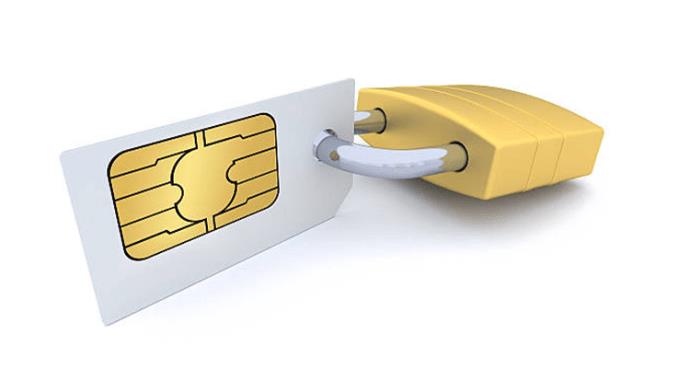
One of the major concerns in the technology world is security, so it’s natural to wonder whether SIM cards are safe from hackers. Since SIM cards only have a maximum of 256 KB of space, many people may think SIM cards aren’t really a target for hackers. However, SIM cards contain valuable information about your identity and online security.
As mentioned, SIM cards store information about your phone number. Since phone numbers are crucial to two-factor or multi-factor authentication, a hacker can use your SIM card to get this information. That way, hackers can steal your identity, monitor calls and messages, access your bank accounts and other online accounts, etc.
Here’s how to protect yourself from getting hacked:
- Don’t give your personal information to anyone.
- Don’t open suspicious links or messages from unknown numbers.
- Always keep track of your phone when in public.
- Set up a password to protect your SIM card.
- Use an authentication app.
- If possible, don’t enter your phone number when creating different online accounts.
FAQs
How do I remove a SIM card?
Although they vary in size, all SIM cards are relatively easy to remove from a phone. When you bought your phone, you probably received a small pin for removing the SIM card. All you need to do is locate the SIM tray, insert the pin in the hole, and the tray should pop open. If you can’t find the pin, you can use a paperclip.
Can I use two SIM cards in one phone?
Many mobile phones can hold two SIM cards at the same time. This is a practical solution for everyone who needs to use two phone numbers, whether for work, traveling abroad, or something else. There are three main types of dual SIM modes: dual SIM standby (DSS), dual SIM dual standby (DSDS), and dual SIM dual active (DSDA).
A DSS phone can hold two SIM cards, but only one of them can be active at a time. So, when one card works, the other is unreachable. If you want to use the other card, you need to activate it manually.
A DSDS phone keeps both SIM cards active when you’re not using them. As soon as you make a call using one SIM card, the other will become inactive. Once you end the call, both cards will be active again.
DSDA phones keep both SIM cards permanently active, so you can make and receive calls using both SIM cards at the same time.
It’s Not Hard to Understand a SIM Card
Although small, SIM cards are an essential component that allows users to get the most out of their phones. Without a SIM card, a phone will still have access to Wi-Fi and other internet-related functions, but it won’t have phone service.
Have you ever had an issue with an Android or iPhone SIM card? How did you resolve it? Tell us in the comments section below.








